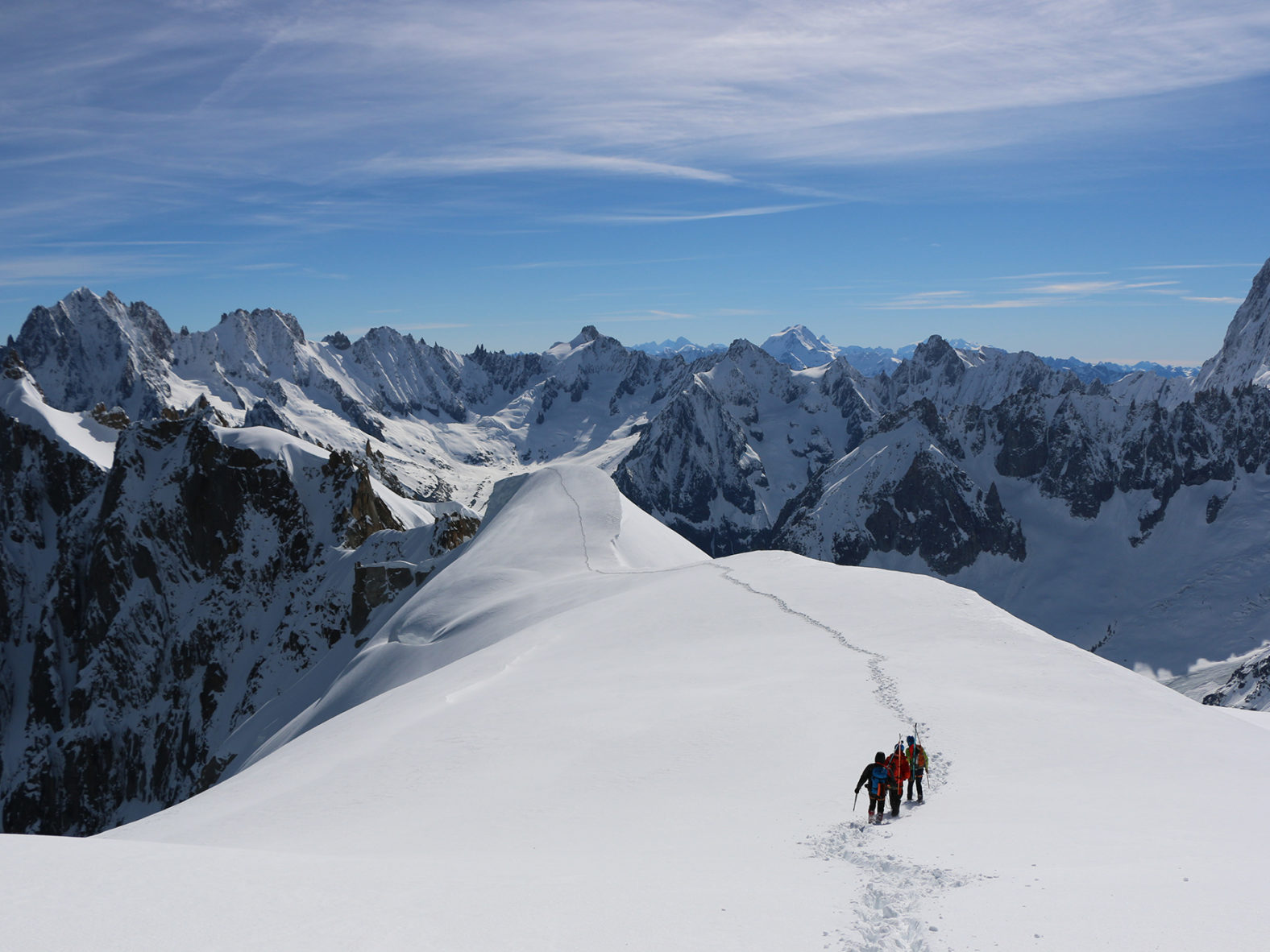The Last Glaciers is the newest addition to IMAX screens across Australia.
Designed to inform the next generation, its focus is on the causes and effects of climate change. Craig Leeson and crew battle the elements to venture to the peak of diminishing glaciers worldwide, all to witness first-hand the damage dealt. Along the way, Leeson interviews those effected most, as well as various others also passionate about saving the environment.
Craig Leeson is a man extremely dedicated to his cause. Tasmanian state recipient of 2022’s Australian of the Year, he has made it his mission to tackle climate change. His previous documentary, the feature length ‘A Plastic Ocean’ took aim at single use plastics and their long-term effects. Here his focus is more on melting glaciers, rising sea levels, and doing so in a shorter 40-minute IMAX friendly runtime.
I have said it before and I’ll say it again, I am a massive fan of IMAX. Not just for Hollywood blockbusters on a bigger screen, but I also enjoy the IMAX documentaries. When structured coherently with a set narrative, I believe the format can wow audiences young and old like nothing else. I still remember my first IMAX movie I saw as a teenager!
Unfortunately, The Last Glaciers ticked many negative boxes for me and very few of the positive ones. The glowing reception to Leeson’s previous film would lead me to believe he is better suited to feature length documentaries. Through interviews with scientists, students, protesters, and effected communities, the passion is there. But it’s all too much jumping from one place to another. There are also staged interactions and reactions from Leeson, whether through ego or just tactic, he makes a documentary starring himself.
The “time is running” out message is laid on pretty thick by design. Leeson’s admitted intent is to shock kids to reach their parents. Just on a personal level, I don’t much care for ‘the sky is falling’ approach. Also, the info dump is overwhelming with figures and statistics running together, and at one-point separate lines of subtitles (interviewee’s name/position and his translated speech) were on screen at the same time, as if we had time to read both. We don’t.
The Last Glaciers began as an extreme sports documentary about a para-alpinism. A dangerous though exciting combination of mountain climbing up and paragliding down. The film went through a 4-year production across 12 countries with a 2 year editing process through Covid. Eventually the focus of the film shifted to the deterioration of these beautiful glaciers.
The para-alpinism aspect does allow for some beautiful and unique shots. The problem is and I really hate to say this, The Last Glaciers for various reasons is quite an ugly IMAX film. Not the least of which is the little, if any, footage which has been filmed with actual IMAX cameras. The reason for the shortened runtime of IMAX documentaries is a limit of the format. It is incredibly difficult to get bulky yet delicate IMAX cameras in the deep jungle or snow. The trade-off is it all being worth it in the end seeing these amazing visuals on the world’s largest screens.
However, much of The Last Glaciers looks to be filmed with handhelds or go-pros on selfie sticks. Blown up on IMAX screens, the results are often so blurry and digitised I didn’t even know what I was looking at. These are amazing views the likes of which IMAX was made to take advantage of, yet they looked like low-quality YouTube videos. I think Leeson’s intent on having as little carbon footprint during his shoot as possible has hurt the final product.
Normally, I would recommend almost any IMAX documentary. Sadly, I don’t believe I can in this case as I found The Last Glaciers lacking. I believe Leeson is a fine documentarian but is better suited when given room to breathe. Through subpar visuals and a clustered narrative, this just wasn’t the IMAX experience I was looking for.
